Text
Msgs may be autodialed. Consent to texts not required to purchase our svcs. Msg. and data rates may apply.
Marine Motor Oil
Free Same-Day Quotes
In Business Since 1976
Delivery Available
Call or Text
Hours:
Request Free Quote
Hero Request Form
Thank you for contacting us.
We will get back to you as soon as possible
Please try again later
Family-Owned and -Operated Since 1976
Get a Free Same-Day Quote on Our Marine Motor Oil
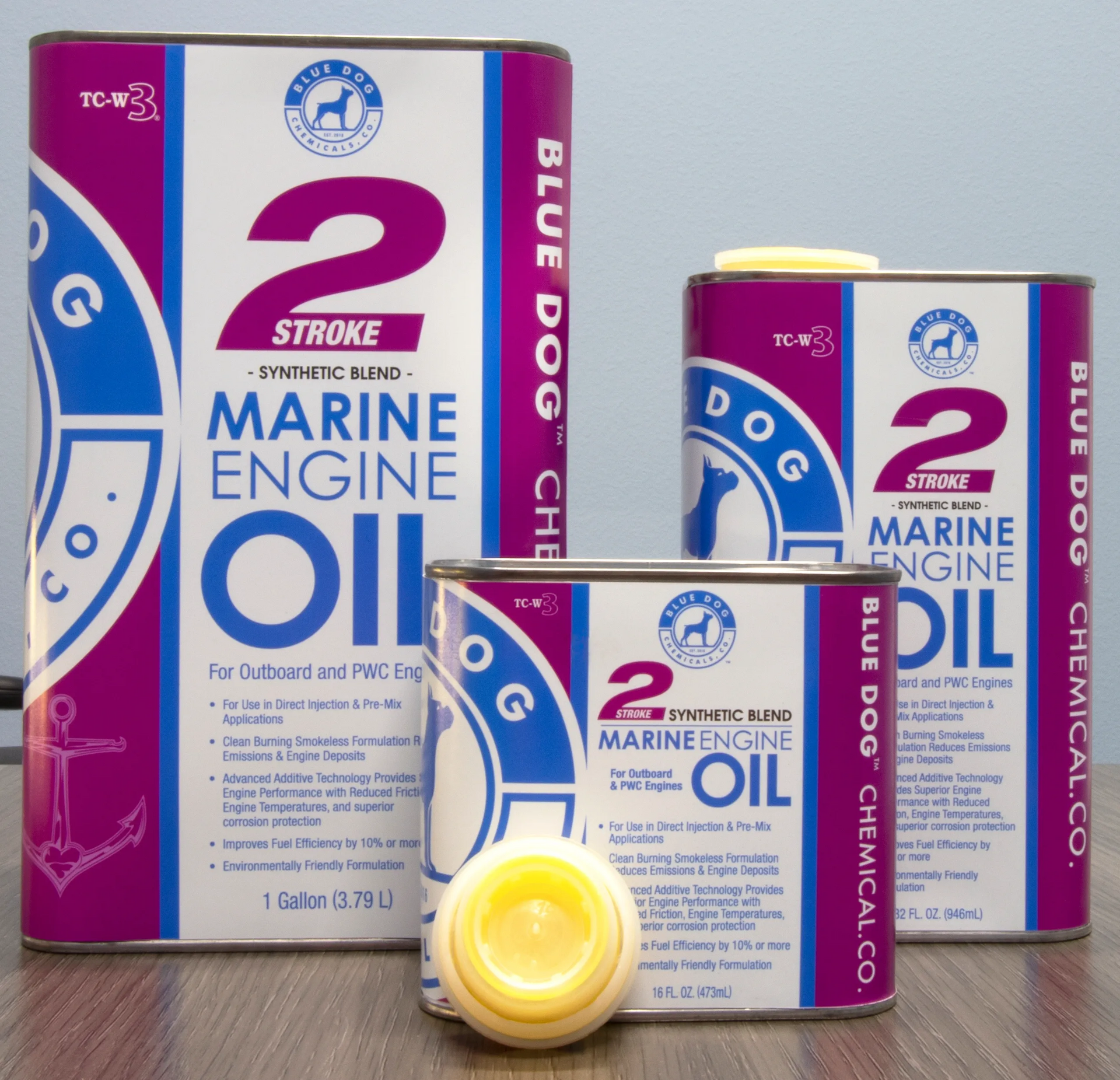
Blue Dog Motor Oil's 2-Stroke Marine Oil
Blue Dog Motor Oil's 2SS 2-stroke oil has shown enhanced thermal oxidative stability and is particularly recommended for lubricants used in high-performance applications such as racing in snowmobiles, motorcycles and go-karts, personal watercraft, two-stroke outboards, and high-powered chainsaws. 2SS 2-stroke oil contains a new ash-less booster which achieves cleanliness at high temperatures and is appropriate for OEM quality oils. 2SS 2-stroke will not lead to pre-ignition or sparkplug fouling as it is ash-less technology. 2SS 2-Stroke Oil has shown excellent power valve cleanliness and ensures power valve functionality.
The proprietary ester in 2SS 2-stroke oil has shown improved engine cleanliness performance and minimized deposits on the power valves when compared with current OEM and high-performance snowmobile/personal watercraft engine oils. To learn more about our marine motor oil products,
call or text Blue Dog Motor Oil.
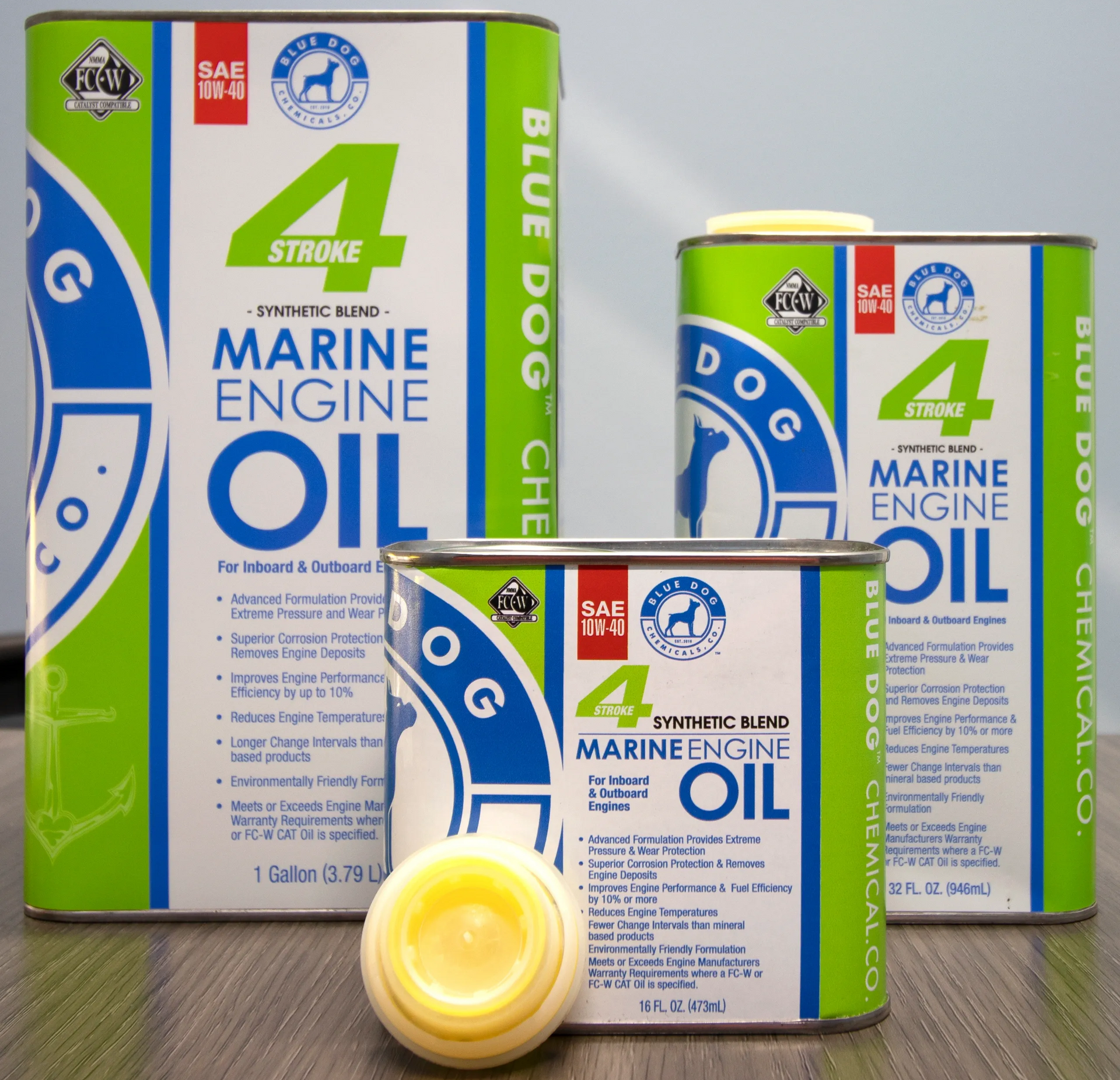
Our 4-Stroke Marine Oil
4SS marine 4-stroke oil from Blue Dog Motor Oil is formulated with the highest quality synthetic base stocks and synthetic esters. This complex full synthetic technology provides excellent control for deposit, wear and oxidation, enhanced friction performance and gear pitting in a wide variety of 4-stroke engines that operate in severe conditions. 4SS marine 4-stroke oil is suitable to meet the following specifications:
- API SN/SM, JASO MA2
- API SL, JASO MA2
- API SJ/SG, JASO MA.
- NMMA
Fill out our online form to request a FREE quote on any of our marine oil products. Our multilingual staff speaks English, Spanish, German, and Russian.
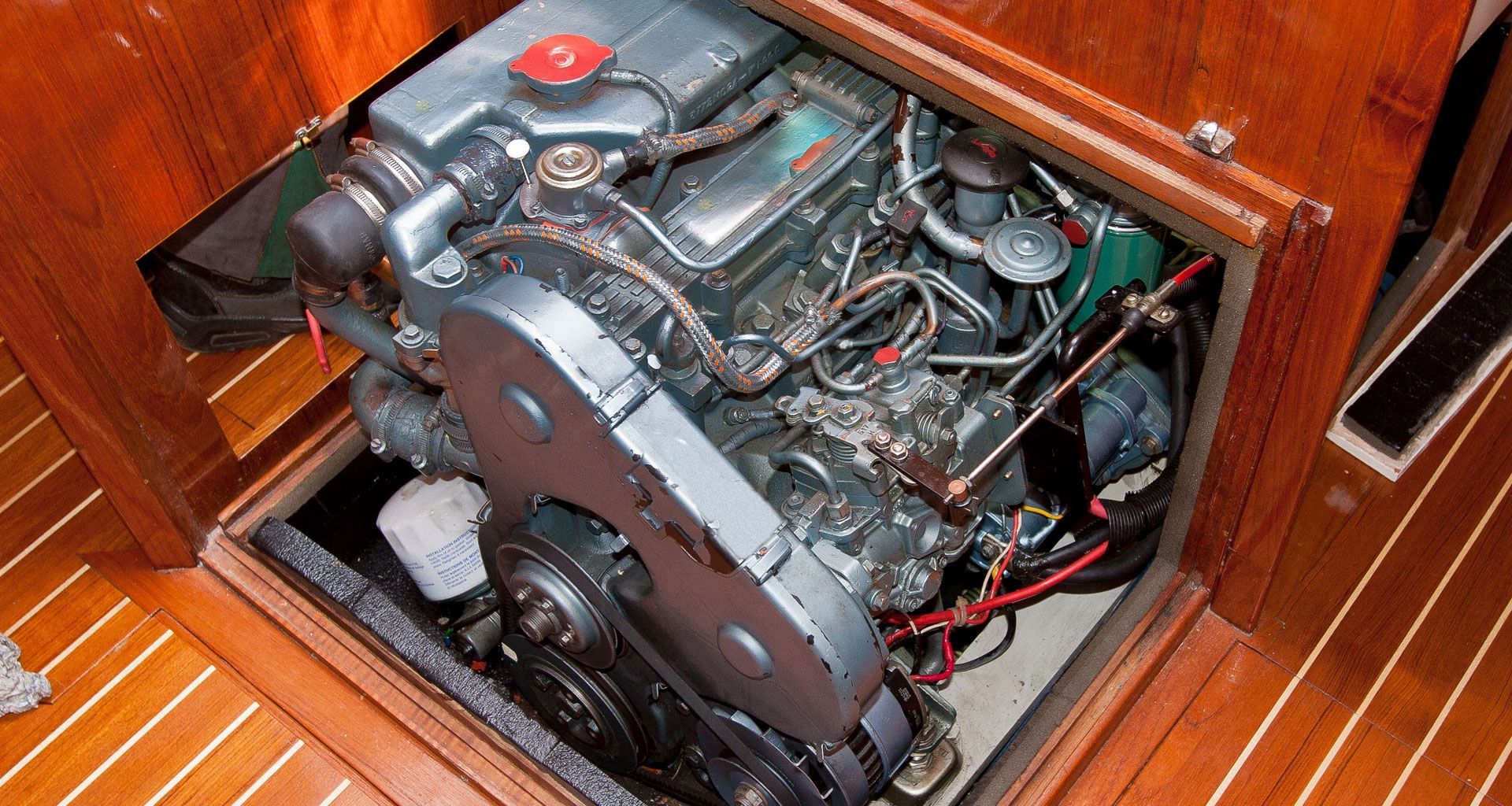
Learn More About Our Marine Oil Options
Understand more about the difference between our 4-stroke and 2-stroke marine oil.
The basic standard for 4-stroke marine engine oil is the FC-W (four-stroke cycle, water-cooled) certification. Compared with regular motor oil, FC-W oil features more corrosion inhibitors to deal with the marine environment and offers greater resistance to shearing, the permanent loss of viscosity that may lead to greater wear or even catastrophic engine failure. Compared with an auto engine, a marine engine spends much more time at high RPM and under a heavy load, so its oil is more prone to shearing – which is why you should never use automotive oil in a marine engine. Blue Dog Motor Oil precision 4-stroke oils feature a blend of high-quality base stocks and additives formulated specifically for use in most four-stroke outboard, sterndrive and inboard marine engines. This oil is engineered to perform well in legacy engines as well as the latest catalyst-equipped engines.
As for our 2-stroke marine oil, it exceeds the basic TC-W3 standard and meets manufacturers' recommendations for all two-stroke outboard and personal watercraft engines, in pre-mix or oil-injected applications.
To learn more about our different marine oil options,
call or text Blue Dog Motor Oil today. For more than 48 years, we've been among the leaders in our specialized field.
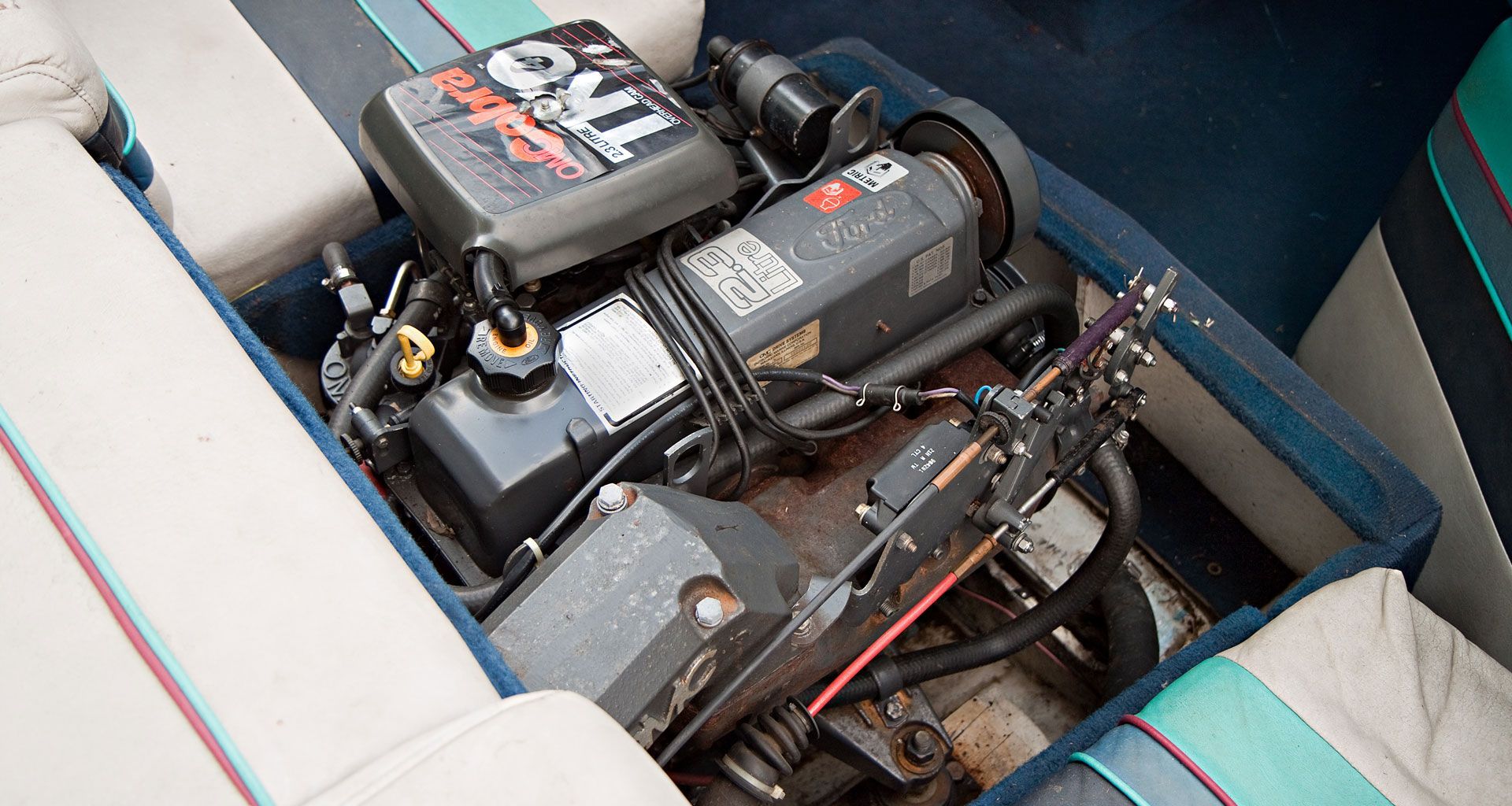
2-Stroke vs. 4-Stroke Outboard Motor Comparsion
There has been a divide between those who prefer 2-stroke outboards and those who prefer 4-stroke outboards. Traditionally, because of their simplicity and lightweight, 2-stroke outboards have dominated the outboard market. It is widely understood that modern 4-stroke outboards are quieter, produce less vibration, and create significantly less pollution. However, until recently, due to expense and weight, 4-stroke outboards were not widely accepted. Here at Blue Dog Motor Oil, we offer both 2-stoke and 4-stroke oils for today's outboards.
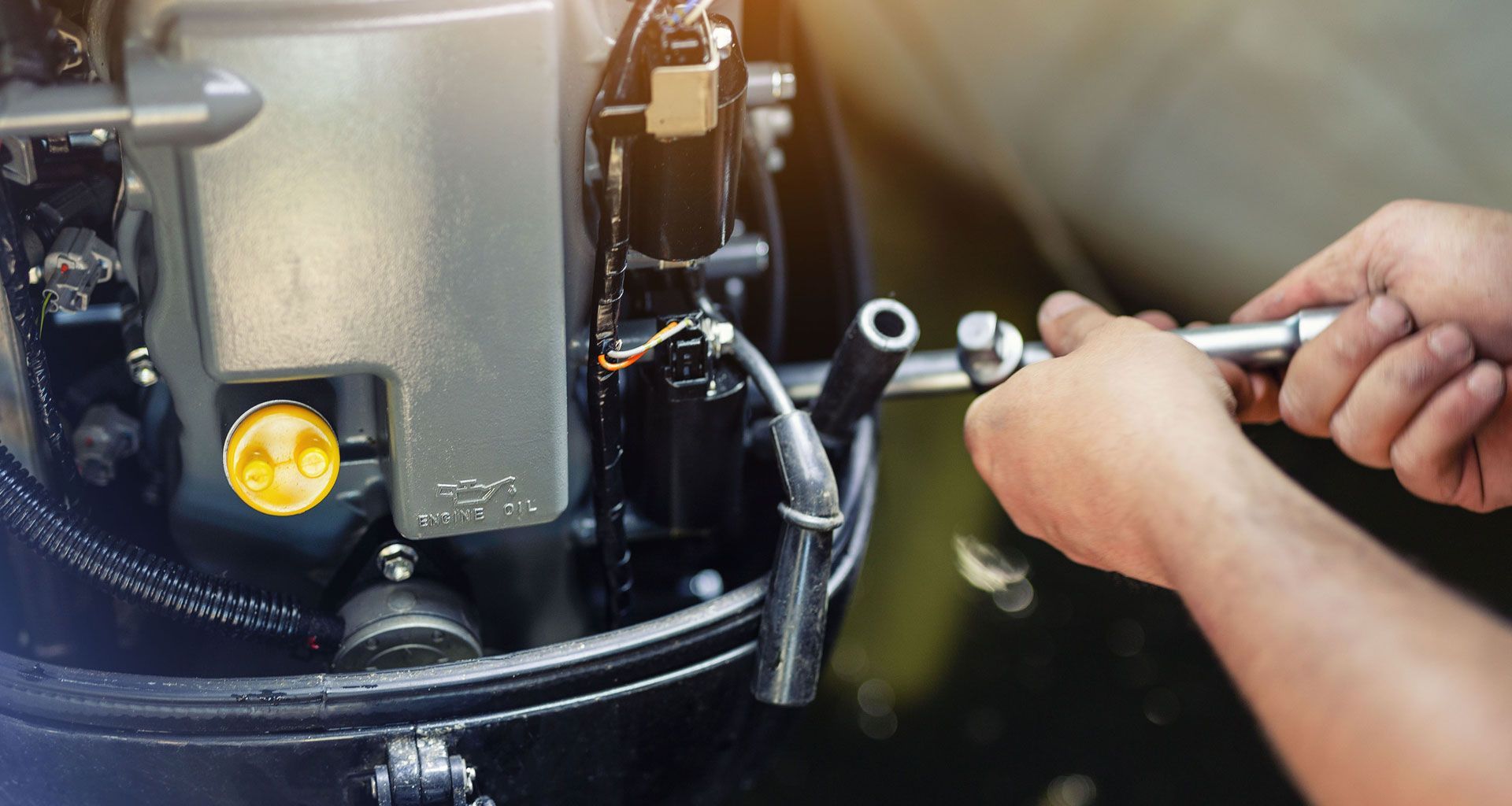
How the Outboard Engine Evolved
In 2004, the Environmental Protection Agency (EPA) put an end to the 2-stroke's dominance by enacting stricter limits on pollutants, and then in 2007, making the restrictions even stricter. It became evident that it would be necessary for the 2-stroke outboards to be re-engineered to become quieter and cleaner running. In turn, in order to compete with the 2-stroke performance, 4-stroke outboards needed to lose some weight.
Although the American Motors Company made about 25 gas-powered outboards before 1900, it took a Yale engineering student named Cameron Waterman to make a commercially feasible outboard. Waterman started developing the “Porto-Motor” in 1903. By 1914, the company had sold over 25,000 units.
The best-known and most successful early outboard motor was developed by a Norwegian immigrant inventor, Ole Evinrude, in 1909. By 1912, the Evinrude Outboard Company had sold thousands. Ole Evinrude sold out to his partner in 1913 with a promise not to compete for 5-years. In 1920, Ole and his wife, Bess, founded the ELTO (Evinrude Light Twin Outboard) company and introduced a lightweight 2-cylinder outboard. Eventually, due to declining markets, ELTO, Evinrude, and the Lockwood Motor Company would merge to become OMC (Outboards Motor Corporation) later acquiring Johnson Motors Co. in 1935.
By the 1940s, there were dozens of outboard motor companies manufacturing mainly 2-stroke outboard motors. Although there were some 4-stroke outboards being manufactured, it was not until 1962 that Homelite introduced a commercially successful 55-horsepower 4-stroke outboard motor. Dubbed the Bearcat, the company was later purchased by Fischer-Pierce, the makers of the unsinkable fiberglass and foam Boston Whaler.

Maintaining an Outboard Engine
Today, manufacturers like Mercury Marine have developed 4-stroke outboards that weigh and perform comparably with 2-stroke outboards. And by using direct injection techniques, Mercury Marine is also making 2-stroke outboards that are as clean running, smooth and quiet as 4-stroke outboards.
Which engine is best for you? It really comes down to how the cylinders are lubricated. 4-stroke outboards have internal oil reservoirs and sumps which need regular oil level checks, filter replacements and oil changes at least annually. 2-stroke outboards generally have an external oil tank with the oil and fuel mixture injected into the cylinder. The oil is consumed and the oil tank level must be maintained, replacing oil as it is used up.
Any way you look at it, this is one example of the EPA enacting an ordinance that clearly benefits the consumer and the environment. And now, there are new alternatives on the horizon with companies like Torqueedo and Elco making electric outboards. Today and into the future, 2-stroke, 4-stroke, electric or diesel, the choice is all yours.
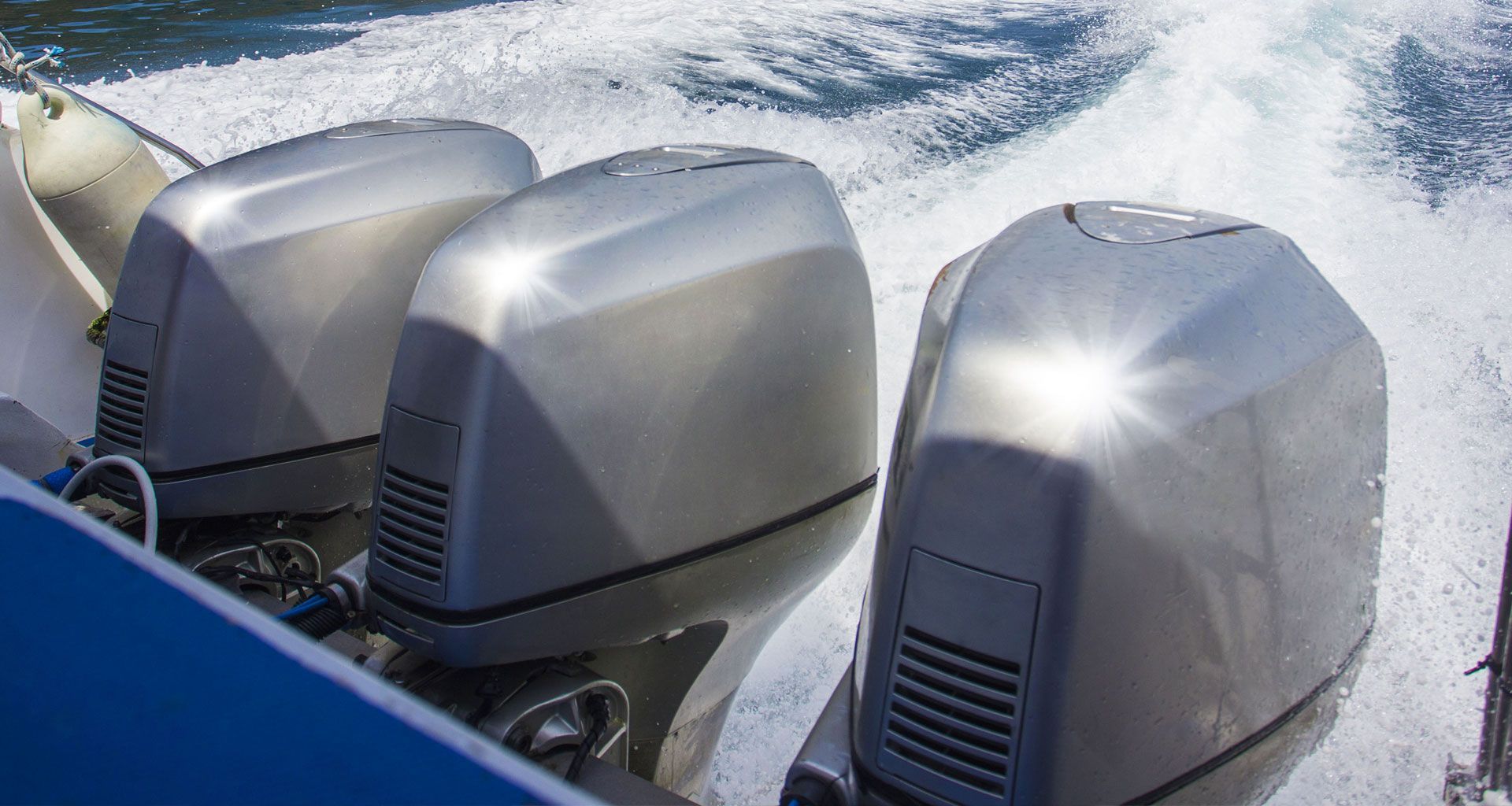
How They Work
We have already mentioned some of the unique qualities of each type of these outboard engines, so here is the “why.” Exactly why these two engines are different comes down to what’s happening on the inside.
In a 4-stroke outboard, the piston needs four movements (strokes) in order to complete a cycle – intake, compression, combustion and exhaust. Conversely, a 2-stoke only needs two movements of the piston to complete the same action.
It is for this reason that 2-strokes are smaller, lighter and less complex than 4-strokes, they simply have fewer moving parts. This is where the 2-stroke’s power advantage comes from, however, they are less eco friendly because they produce higher emissions commensurate with their more simplistic nature.
Reviews
Related Oil Products
Learn More About Blue Dog Motor Oil
Serving nationwide, Blue Dog Motor Oil specializes in marine motor oil, small engine oil, and heavy-duty motor oil. In business since 1976. Delivery available. Free same-day quotes. Call or text us.
serving
Nationwide
Business Hours
- Mon - Fri
- -
- Sat - Sun
- Closed
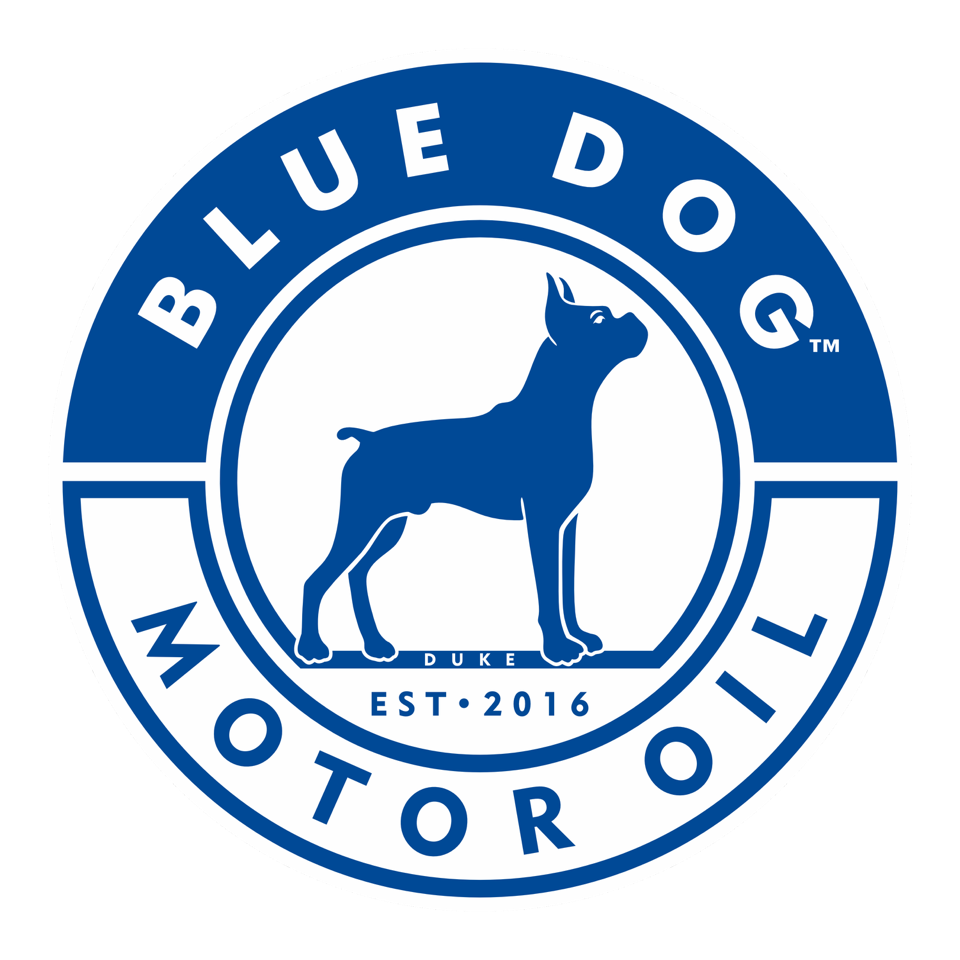



Share On: